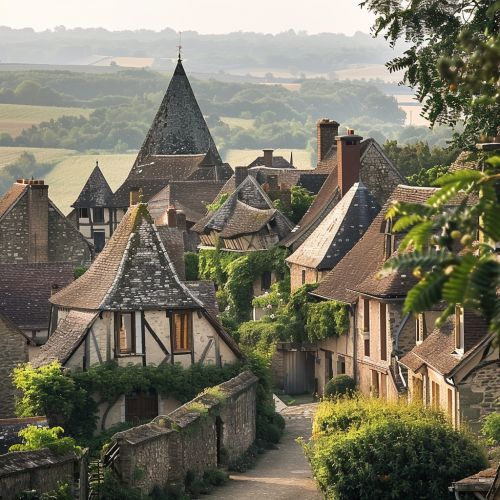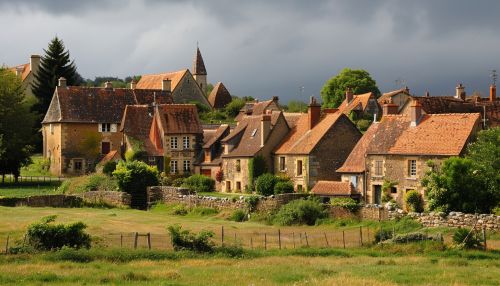Norman language
Introduction
The Norman language, also known as "Normaund" or "Normand," is a Romance language that originated from the Old Norse language spoken by the Norse seafarers, known as the Vikings, who settled in the region of Normandy in the 9th and 10th centuries. It is a member of the Oïl language family, which also includes French, Picard, and Walloon.


History
The Norman language evolved from the contact between the Old Norse language of the Viking settlers and the Gallo-Romance speech of the indigenous population in Normandy. The Vikings began settling in the region in the late 9th century, and by the 10th century, they had established a permanent presence, leading to a fusion of cultures and languages.
Classification and Related Languages
Norman is classified as an Oïl language, a subgroup of the larger Gallo-Romance languages. Other Oïl languages include French, Picard, and Walloon. These languages share many similarities in vocabulary and grammar due to their common linguistic ancestry.
Geographic Distribution
Norman is primarily spoken in Normandy, a region in northern France. It is also spoken in some parts of the Channel Islands, particularly in Jersey and Guernsey, where it has official recognition. In addition, there are Norman speakers in Canada, particularly in the province of Quebec, due to historical migration patterns.
Dialects
There are several dialects of Norman, each with its own unique characteristics. These include Cotentinais, spoken in the Cotentin Peninsula; Cauchois, spoken in the Pays de Caux region; and Jèrriais and Guernésiais, spoken in Jersey and Guernsey respectively.
Phonology
Norman phonology is characterized by a number of distinctive features, including the presence of nasal vowels, a feature it shares with French. However, unlike French, Norman retains a number of phonetic characteristics from Old Norse, such as the pronunciation of the "h" sound.
Grammar
Norman grammar shares many features with other Oïl languages. However, it also retains some elements of Old Norse grammar, such as the use of strong verb conjugations.
Vocabulary
The vocabulary of Norman is a blend of Old Norse and Gallo-Romance elements. Many words related to seafaring and agriculture, for example, are derived from Old Norse, while words related to law and governance are typically of Gallo-Romance origin.
Writing System
Norman uses the Latin alphabet, with a few additional diacritical marks to represent certain phonetic features. The use of these diacritical marks varies among the different dialects of Norman.
Current Status and Preservation Efforts
Today, the Norman language is considered endangered, with a declining number of speakers. However, there are ongoing efforts to preserve and promote the language, including the publication of literature and music in Norman, and the teaching of the language in some schools in Normandy and the Channel Islands.
